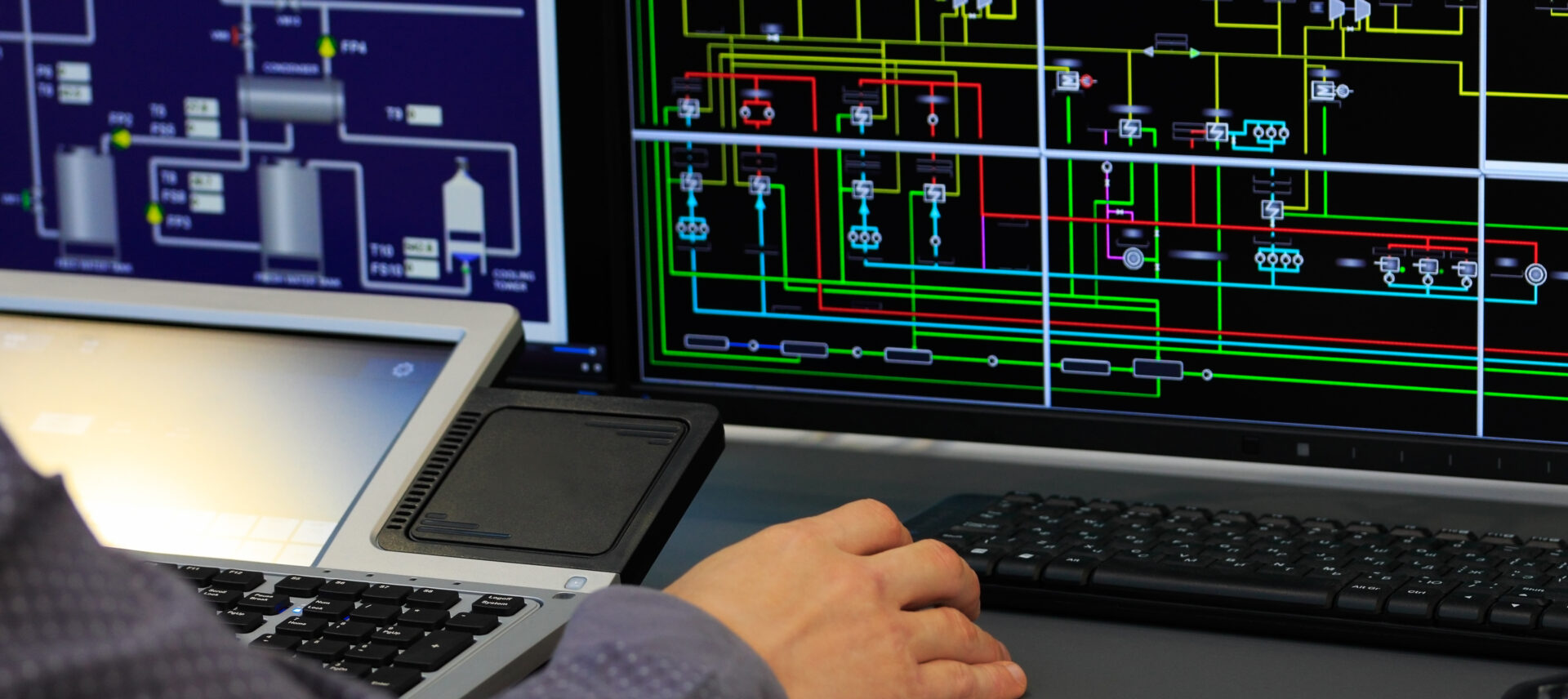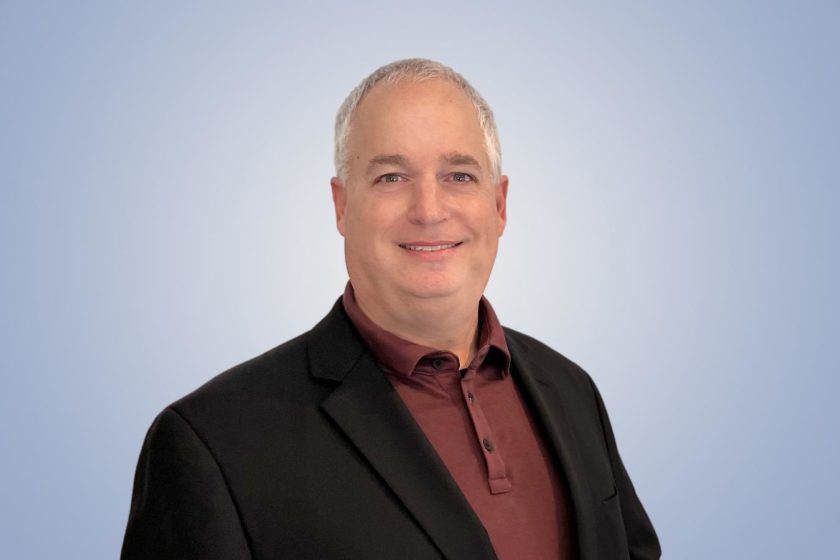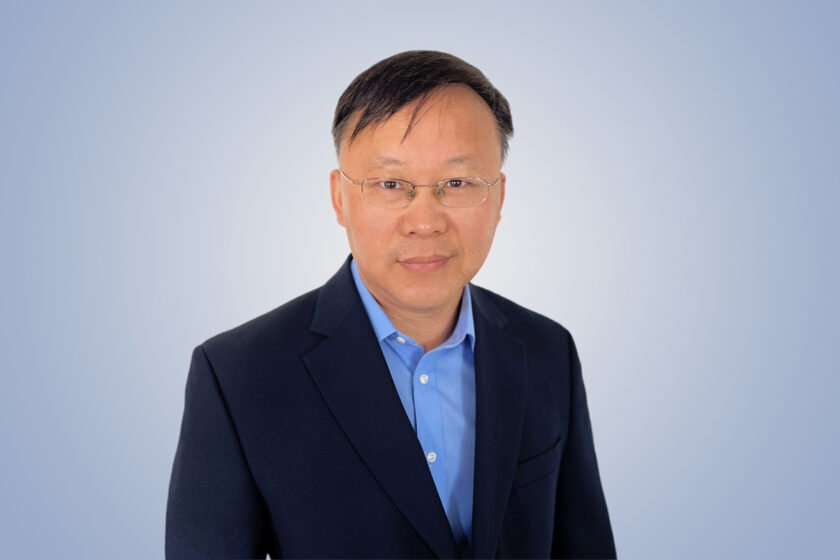News & Insights
Sustainable building management: embracing the benefits of ongoing commissioning
Ongoing commissioning is a powerful tool to optimize the performance, efficiency, and sustainability of building systems. Embracing this proactive approach to building management not only enhances a facility's performance but also aligns with the growing emphasis on sustainability and environmental stewardship.

What is ongoing commissioning?
Ongoing commissioning is the ongoing monitoring, analysis, and optimization of a building’s systems throughout its operational life. This proactive approach offers benefits in cost savings, energy and resource efficiency, and environmental stewardship.
The idea of commissioning as a discipline came out of the shipbuilding industry. Ships are taken out to sea in a commissioning process to work any issues out with the systems before putting them into active use. When we started to do this for new buildings, it wasn’t long before the discipline was applied to get the benefits for existing buildings (retro commissioning). Now, the digital world makes ongoing commissioning possible.
Ongoing commissioning leverages automated sensors and monitoring systems to provide data on parameters like temperature, humidity, occupancy, and energy usage. Dashboards give facility managers real-time reports on a building’s current performance. This data can be analyzed remotely and allows facility managers to make informed decisions promptly, minimizing the impact of potential issues and ensuring smooth building operations.
Benefits of ongoing commissioning
Ongoing commissioning offers an array of benefits for building owners, facility managers, occupants, and the environment. From increased energy efficiency and improved indoor air quality to extended equipment lifespan and substantial cost savings, the advantages are evident.
Enhanced energy efficiency and resource use
By consistently monitoring and analyzing performance data, facility managers can identify patterns in utility use. For example, a sudden increase in water use could signal a leak. A gradual increase in energy use could reveal that a degrading piece of equipment is having to work harder. Knowing a building’s peak loads can spark shifting strategies that allow access to a lower-tier electricity rate.
The ability to monitor usage informs targeted improvements. Ongoing optimization not only reduces utility bills but also lessens a building’s overall carbon footprint, aligning with sustainability goals and global environmental commitments.
Improved indoor air quality (IAQ)
Malfunctioning ventilation, heating, or cooling systems can negatively impact IAQ, leading to health issues and reduced productivity among building occupants. Long-term increased humidity can cause problems with mold and mildew.
Through ongoing commissioning, any deviations from the desired IAQ standards can be rapidly detected and corrected. This proactive approach not only ensures a healthier and more comfortable indoor environment but also helps prevent potential liabilities related to occupant health and safety.
Prolonged equipment lifespan
Ongoing commissioning identifies potential equipment problems before they escalate into major malfunctions, reducing the risk of sudden breakdowns and costly emergency repairs. This gives building managers a window to plan for repair and replacements because they can see them coming. By maintaining equipment in optimal condition, the need for premature replacements is minimized, leading to significant cost savings over the building’s life cycle.
How to get started with ongoing commissioning
Almost anything can be monitored: HVAC, generators, renewable energy, irrigation, plumbing, domestic hot water use, waste streams, lighting, process loads, and power. Buildings can also be zoned, giving different types of information for different areas. What is measured will vary for every type of building and business. After all, a manufacturing facility has very different needs than an office building.
But a flood of data isn’t helpful unless it helps you make effective decisions.
A key strategy to ongoing commissioning is deciding what you need to know. What are the essential insights for your building?
If you invested in an expensive renewable energy system to reduce your demands on the electrical grid, what measurements will tell you whether that project is on track? If your processes use a lot of water, then what do you need to know to make sure it is working effectively?
The process begins with defining objectives. What is it that you want to measure? This will drive which solutions are implemented, and then they can be verified. Ongoing monitoring and staff training will ensure ongoing improvement.
The return on investment (ROI) for ongoing commissioning
Ongoing commissioning may involve initial setup costs, including the installation of monitoring systems and training of personnel. However, these costs are quickly offset by the substantial savings in energy consumption, reduced maintenance expenses, and prolonged equipment lifespan. Buildings undergoing ongoing commissioning experience notable reductions in energy costs and maintenance expenses, leading to a favorable ROI.
Ongoing commissioning also tends to have lower costs over time rather than the costs of traditionally commissioning a building every four years.
There is a sustainability payback as well. By providing essential monitoring information, ongoing commissioning can facilitate environmental, social, and governance (ESG) reporting, demonstrating a building’s dedication to eco-friendly practices and aligning with broader sustainability objectives.
How Salas O’Brien can help with ongoing commissioning
As we move towards a more energy-conscious and eco-friendly future, ongoing commissioning can be a critical tool to help you achieve your goals for efficient and sustainable infrastructure.
Salas O’Brien can help you get started. We help you define what to monitor and implement the needed systems. We can also provide long-term monitoring and help you interpret the data so that facility managers know what to look for and how to prioritize work orders.
Want to talk about your unique context? Reach out.
For media inquiries on this article, reach out to Stacy Lake.

Steve Carroll, MBA, CxA, LEED AP
Steve Carroll is a Principal and the Director of Commissioning at Salas O’Brien. As a Commissioning Authority, Steve identifies potential issues before they become problems and increases value for his clients. He also specializes in cybersecurity for building systems, providing systems monitoring to keep alternate attack vectors secure. As a leader, Steve is focused on mentoring, coaching, and developing his team to achieve continuous improvement. He holds a Master of Business Administration and a Bachelor of Science in Engineering. Contact him at [email protected].

Steve Vang, CBCP
Steve Vang has over 30 years of experience in building science and energy efficiency and has commissioned over 50 million square feet of new and existing buildings. He is experienced in ASHRAE energy audits and building simulation. Steve serves as the Existing Building Team Leader for our commissioning team at Salas O’Brien. Contact him at [email protected].